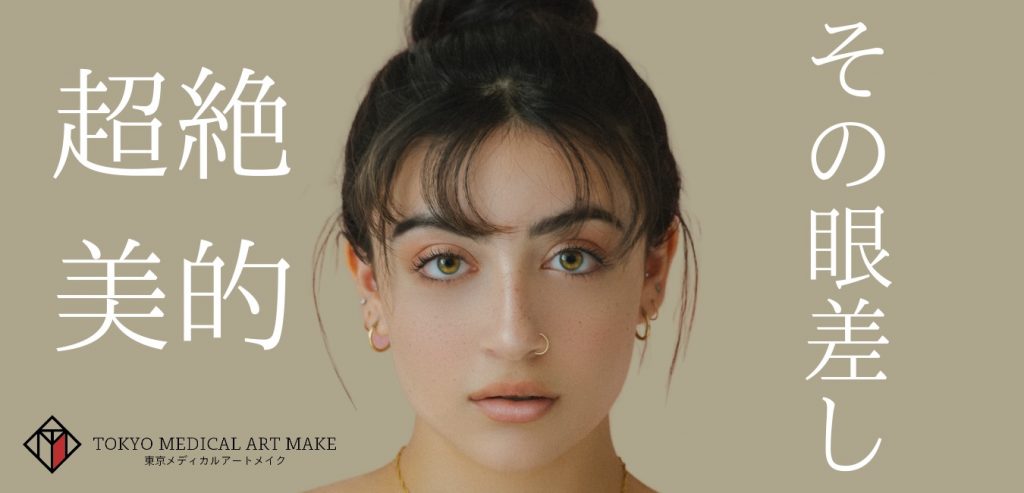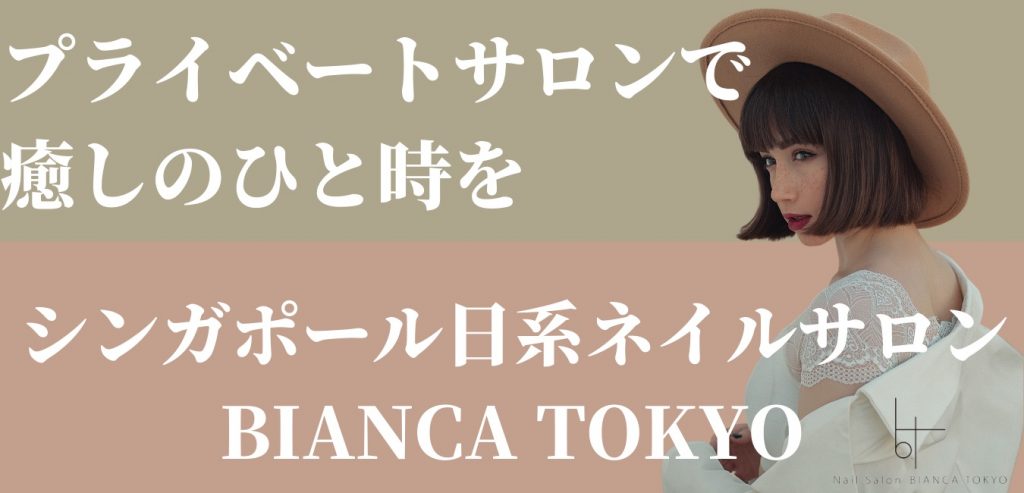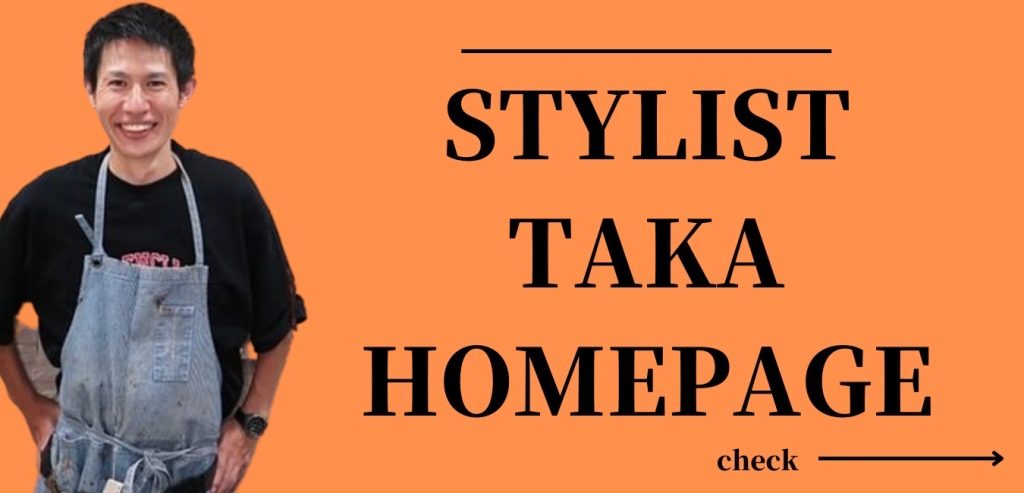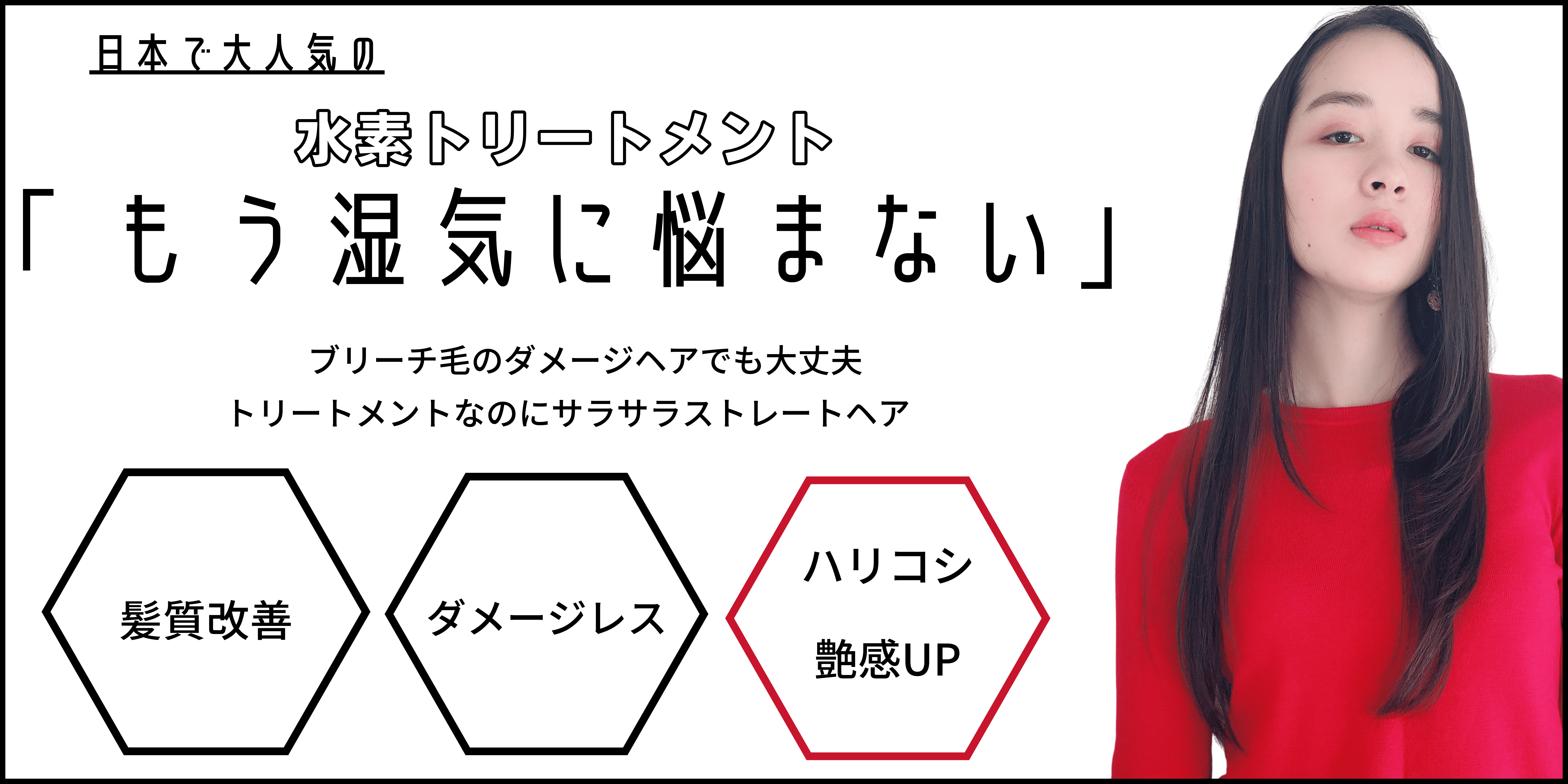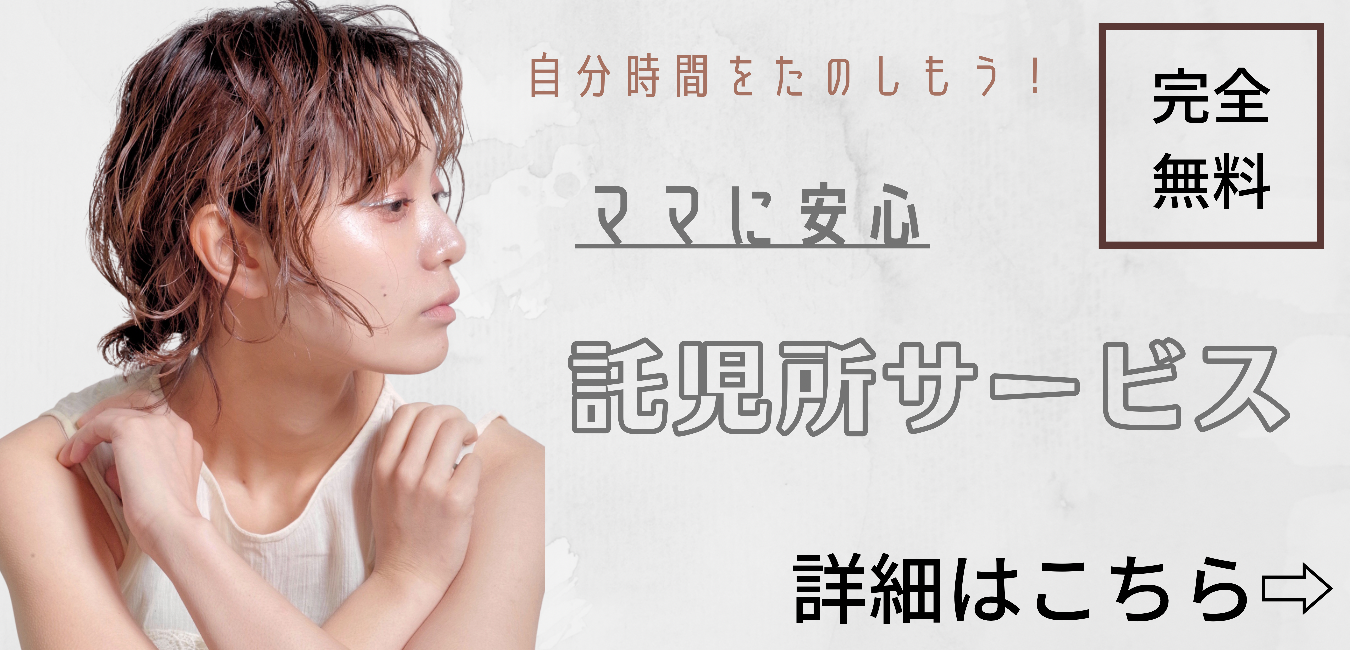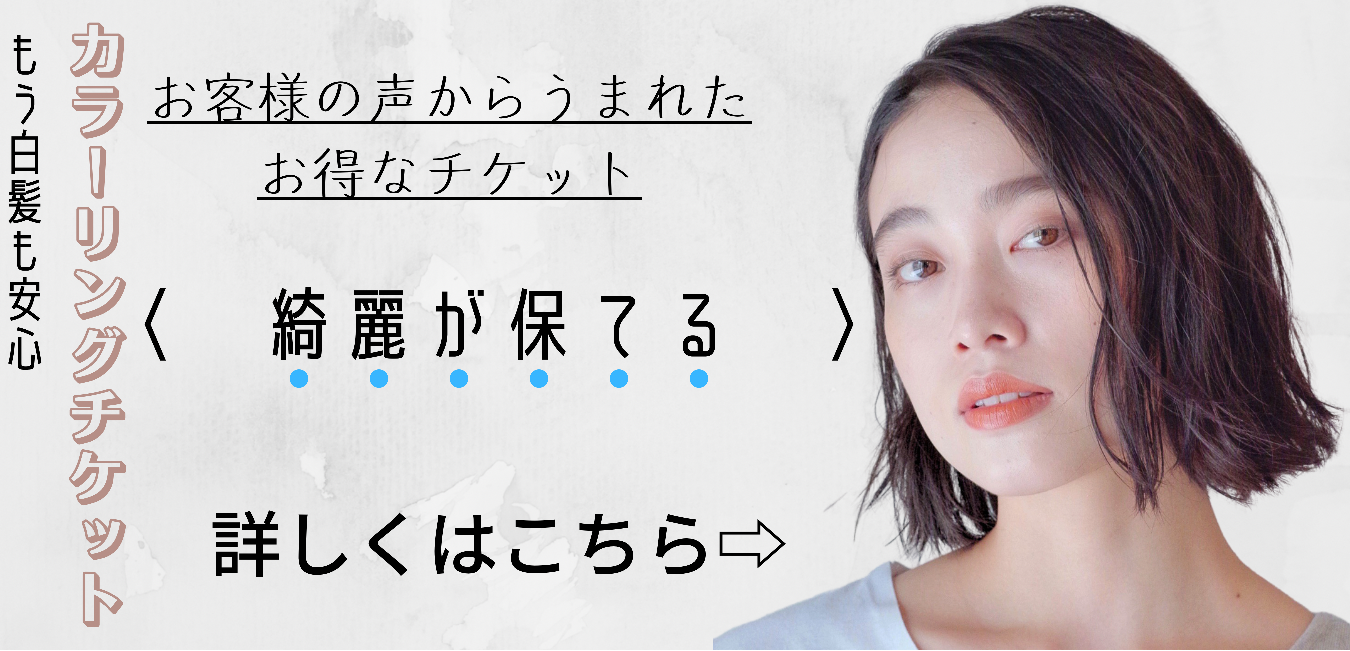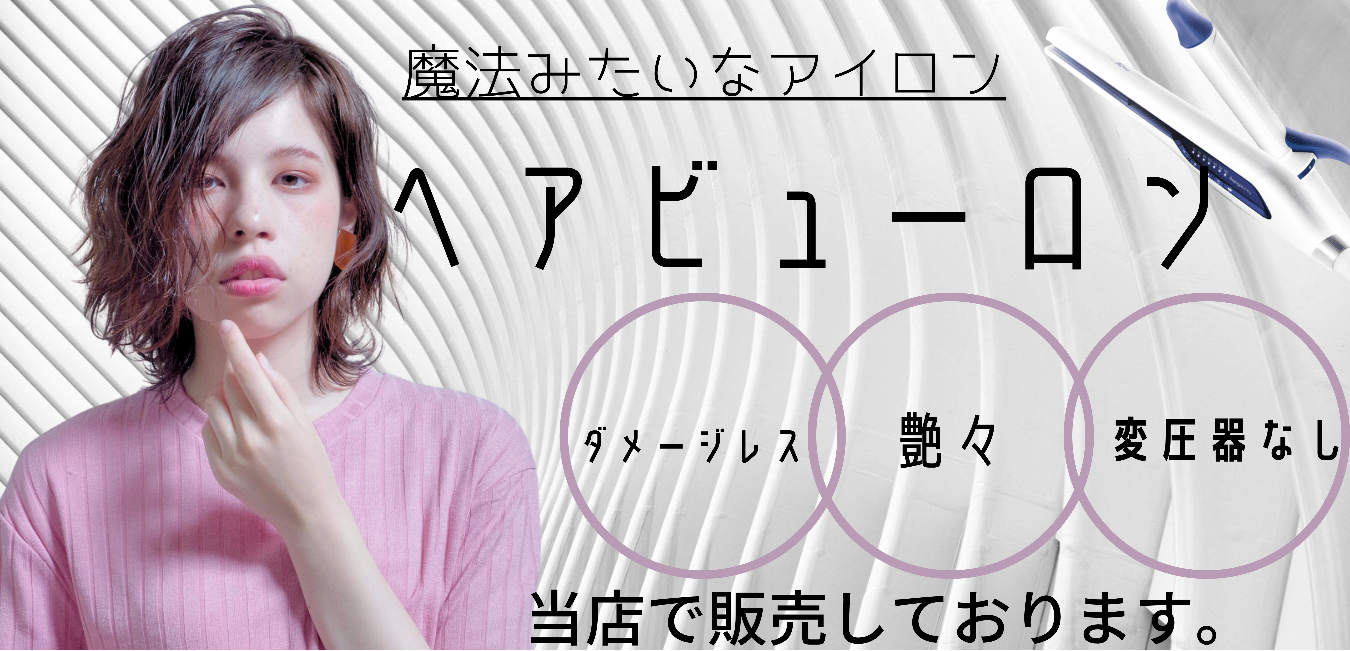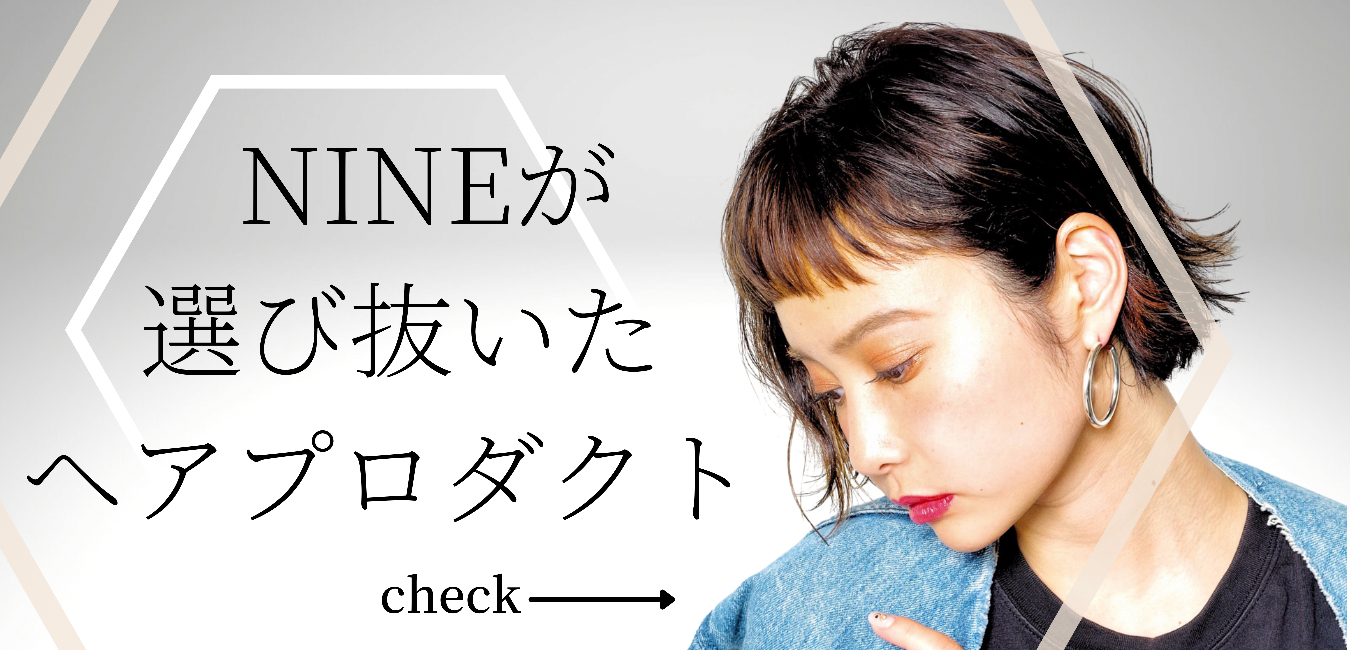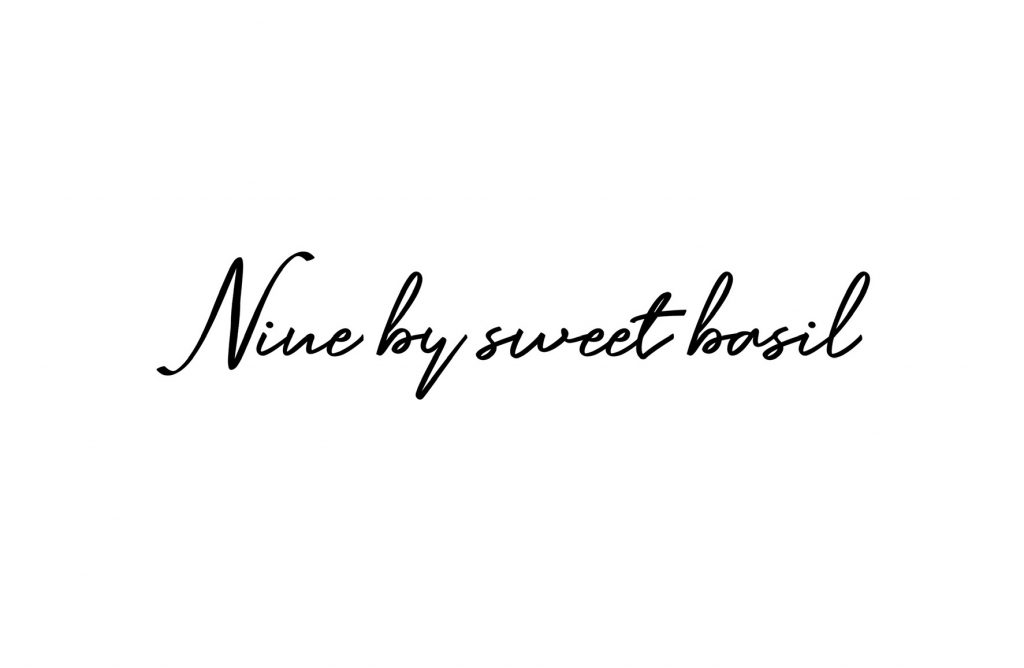
In my previous column, I reported that hair repeats the hair cycle of “growth phase,” “regression phase,” and “resting phase,” and now I would like to introduce how hair changes over the course of a person’s lifetime.
A lifetime of hair
Baby’s hair
First of all, when you are a baby, your hair is generally fine, fluffy and unreliable. It is thought that during the baby stage, the papilla and hair root tissues are still immature, and therefore have little ability to grow solid hair. It is unlikely that it will grow 50 cm if left alone. There is something incomplete, and growth is slower than in adults.
These days, it is not unusual for mothers to wonder if their babies will grow hair even after they are almost a year old. Even if it is not to that extent, there are quite a few babies with only a few weak hairs. This is proof that the tissue around the hair follicles is immature and does not have the power to grow adult hair. However, just so there is no misunderstanding, the hair of a baby that is thin and soft is not the same as “baby hair. It is a kind of intermediate between “baby hair” and “adult hair,” and has a hair cycle, albeit a slightly shorter one.
Hair at its peak
Once the baby’s hair is replaced and becomes like ours, it will increase in thickness and longevity, and will be replaced by new hair on a 3-8 year cycle. Hair grows because cells repeatedly divide. Generally speaking, hair is at its peak at age 20 in men and 25 in women. As we age, the power of cell division weakens. As a result, hair growth slows down and hair growth becomes more difficult.
Causes of hair loss
In men, “male pattern” hair loss, in which hair thins from the forehead and top of the head, is more likely to occur. In the case of women, the secretion of female hormones declines, causing a hormonal imbalance that often leads to menopause. When menopause strikes, the secretion of female hormones declines, which can lead to thinning of the hair due to female-male pattern hair loss. It has long been said that “hair is a woman’s life,” and it is not uncommon for elderly women to come to us for consultation. Women’s desire to be beautiful does not change even in old age.
